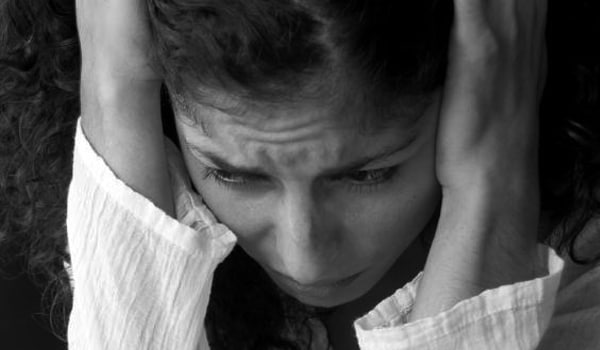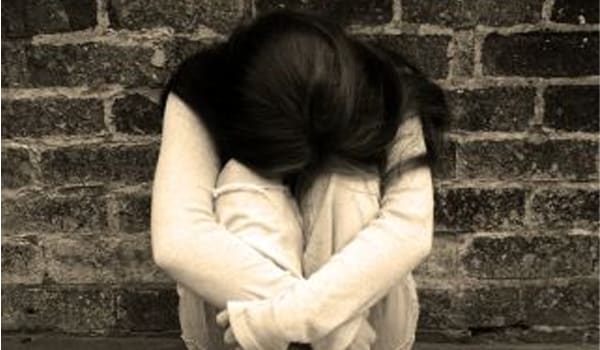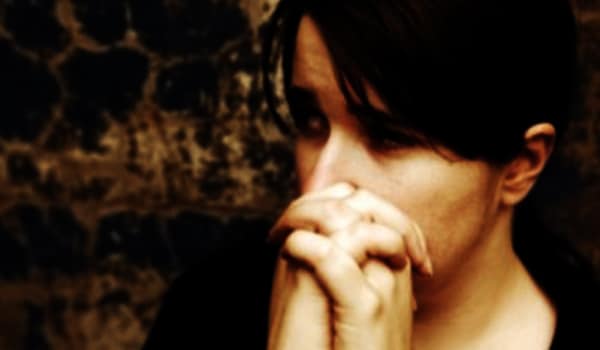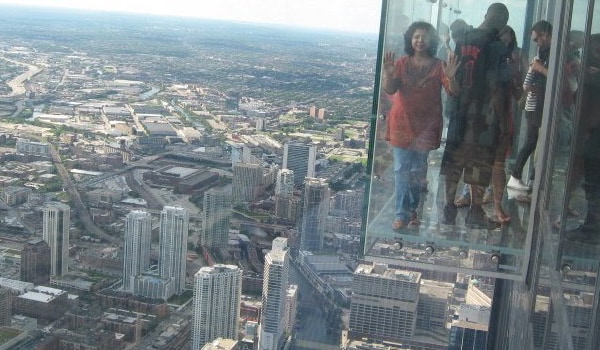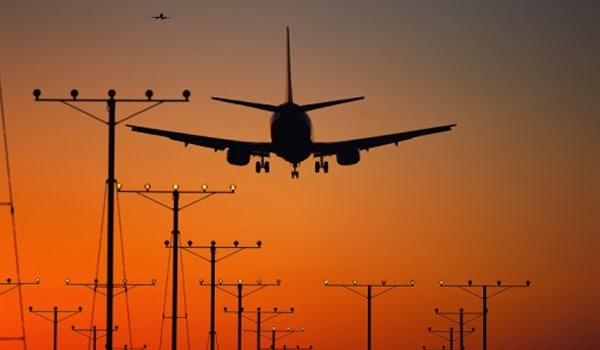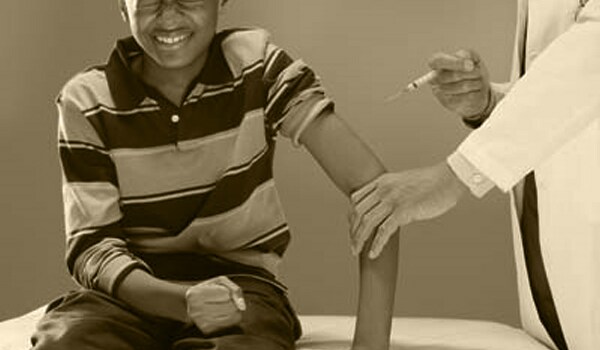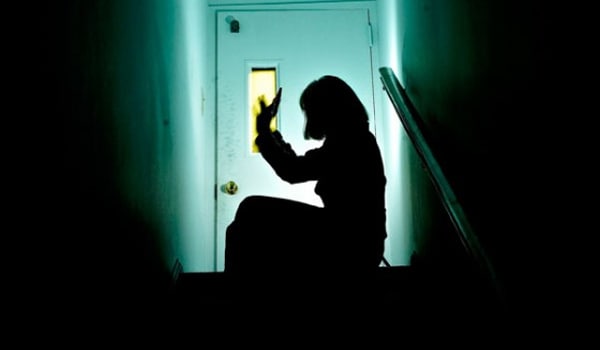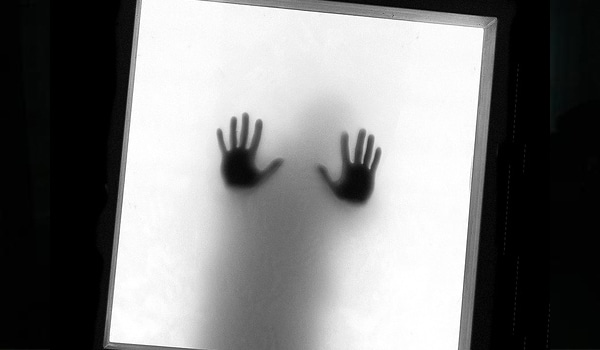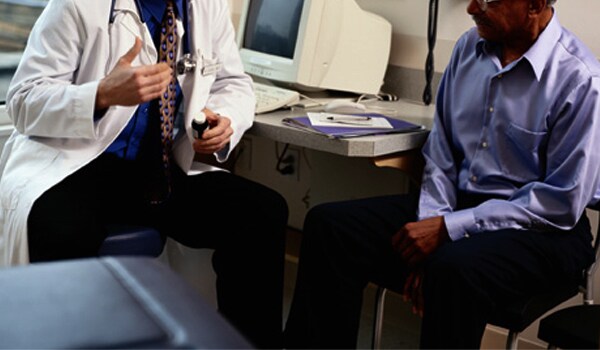Health Photos
-
A phobia is an irrational, intense and persistent fear of certain situations, activities, things, animals, or people. A phobia is defined as the unrelenting fear of a situation, activity, or thing that causes one to want to avoid it.
-
Typical symptoms of any phobia include palpitations or suddenly fast heartbeat, sweating, shortness of breath, chest pain, nausea, dizziness and numbness or detachment.
-
Some of the most common kinds of phobias include fears of public speaking or other social situations social phobia, agoraphobia, closed-in spaces phobia or claustrophobia, dark phobia, flying or aerophobia, blood, animals or zoophobia, injection needles or aichmophobia and heights or acrophobia.
-
Acrophobia is an extreme or irrational fear of heights. Acrophobia can be dangerous, as sufferers can experience a panic attack when at a high altitude place and become too agitated to get themselves down safely. Because of this phobia, some people can't look down from the top floors of building and can't even take certain rides.
-
People who fear being on an airplane, or other flying vehicle, such as a helicopter, suffer from aerophobia, aviatophobia or aviophobia. The most extreme manifestations include panic attacks or vomiting at the mere sight or mention of an aircraft or air travel.
-
It includes fear of blood (haemophobia), injury phobia and fear of receiving an injection (trypanophobia and some other names) or other invasive medical procedures.
-
Lygophobia refers to an exaggerated or irrational fear of the night or darkness. People suffering from this phobia can't sleep with lights off, experience great sense of panic and terror when they don't see light around them.
-
Agoraphobia is an anxiety disorder. People suffering from agoraphobia avoid being in certain places or situations. An intense fear of driving, flying, crossing bridges, or being in shops are examples.
-
Social phobia refers to the fear involving other people or social situations such as performance anxiety or fears of embarrassment by judgment of others, such as eating out at public places, communicating with people, giving presentation in front of others etc. Overcoming social phobia is often very difficult without the help of therapy or support groups.
-
Claustrophobia is the fear of having no escape and being closed in. Claustrophobia is typically thought to have two key symptoms: fear of restriction and fear of suffocation. Many people report suffering from claustrophobia. Most people fear using lifts because of this phobia.
-
Zoophobia or animal phobia is an irrational fear or even simply dislike for animals. Examples of specific zoophobias would be entomophobias, such as fear of bees (apiphobia). Fears of spiders (arachnophobia) and snakes (ophidiophobia) are also common.
-
The doctor generally enquires about the symptoms. Other common causes of the symptoms, such as a medical illness or a drug or alcohol problem should be ruled out. This also may require medical examinations and tests.
-
Yes, but the treatment depends on how the disorder interferes with the routine life. Phobia can be treated using various therapies. These include behaviour therapy, relaxation therapy, cognitive therapy, visual imagery techniques and medications (antidepressants and anti-anxiety drugs) to prevent panic attacks.


